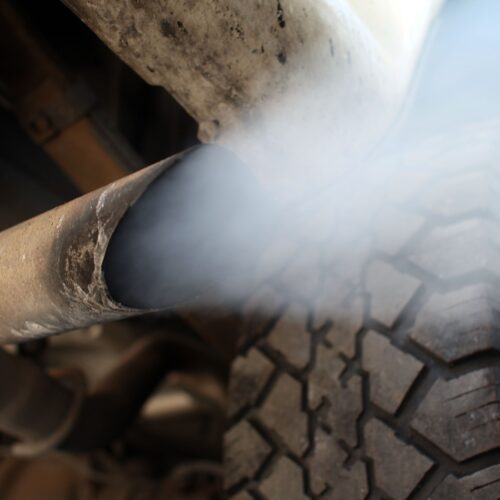Coal likely to go away even without EPA’s power plant regulations
In April last year, the Environmental Protection Agency released its latest attempt to regulate the carbon emissions of power plants under the Clean Air Act. It's something the EPA has been required to do since a 2007 Supreme Court decision that settled a case that started during the Clinton administration. The latest effort seemed like the most aggressive yet, forcing coal plants to retire or install carbon capture equipment and making it difficult for some natural gas plants to operate without capturing carbon or burning green hydrogen.
Yet, according to a new analysis published in Thursday's edition of Science, they wouldn't likely have a dramatic effect on the US's future emissions even if they were to survive a court challenge. Instead, the analysis suggests the rules serve more like a backstop to prevent other policy changes and increased demand from countering the progress that would otherwise be made. This is just as well, given that the rules are inevitably going to be eliminated by the incoming Trump administration.
A long time coming
The net result of a number of Supreme Court decisions is that greenhouse gasses are pollutants under the Clean Air Act, and the EPA needed to determine whether they posed a threat to people. George W. Bush's EPA dutifully performed that analysis but sat on the results until its second term ended, leaving it to the Obama administration to reach the same conclusion. The EPA went on to formulate rules for limiting carbon emissions on a state-by-state basis, but these were rapidly made irrelevant because renewable power and natural gas began displacing coal even without the EPA's encouragement.


© Ron and Patty Thomas


